Inside the Frick's collection of ceramics
The Frick Collection is situated in the former New York mansion and home of industrialist Henry Clay Frick, one of America’s most renowned art collectors. Finding success in the steel and coal industries, Frick invested a significant amount of his fortune in his art collection, eventually amassing one of the most magnificent and well-known collections of masterpieces by artists such as Bellini, Rembrandt, Vermeer, Gainsborough, Goya, and Whistler—among other paintings, sculptures, and decorative art.
In 1907, Frick bought up an entire block front on Fifth Avenue from 70th Street to 71st Street for a three-story, custom-built residence that he hoped would eventually become a public museum, stating: “I want this collection to be my monument.” The mansion was renovated and expanded to accommodate its transition into a museum in the 1930s, and opened to the public on December 16, 1935.
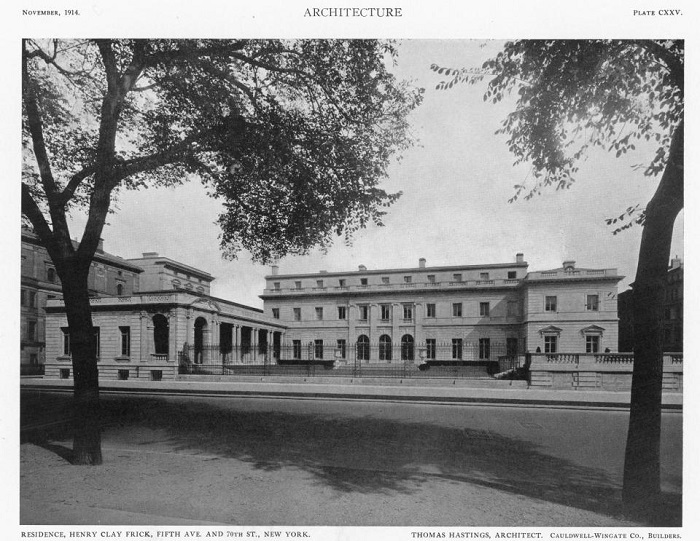
Unlike most museums and galleries, works at the Frick aren’t displayed chronologically or by maker—rather, paintings, sculptures, and furniture are arranged to complement each other, as they would appear in a private home, with some of the paintings still exhibited according to Frick’s original design.
As a museum whose collection is dedicated to ceramics, including many that were originally created for function rather than display, the Gardiner was curious about the place of ceramics at the Frick, and how they are exhibited in relation to the other works in the museum. Here’s a conversation we had with Dr. Ian Wardropper, Director at the Frick, about Henry Clay Frick’s original ceramics collection, how these pieces are displayed in their galleries, and how their major 2020 expansion will change the way their galleries are currently laid out.
What inspired Henry Frick’s venture into collecting ceramics? Can you describe his taste in porcelain and pottery?
Henry Clay Frick began collecting Old Master paintings in earnest around 1900; as the mansion he was building on Fifth Avenue neared completion, he focused on furnishings to match the quality of his works on canvas. His taste in ceramics was for refined 18th century porcelain, French or Chinese.
How were early pieces of porcelain originally displayed in the mansion?
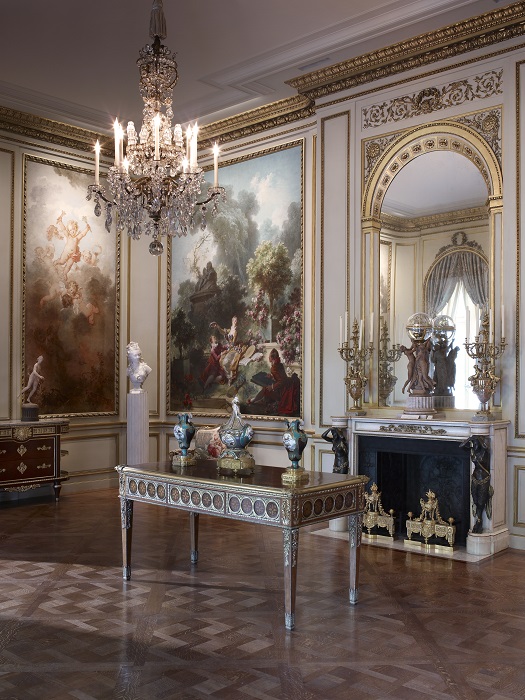
His initial ceramic purchases were Sèvres porcelain to be displayed in rooms with paintings by the French 18th century masters Fragonard and Boucher. He also acquired Chinese porcelain which was scattered throughout the house.
Can you show us some of the key objects in the Frick’s collection of ceramics?
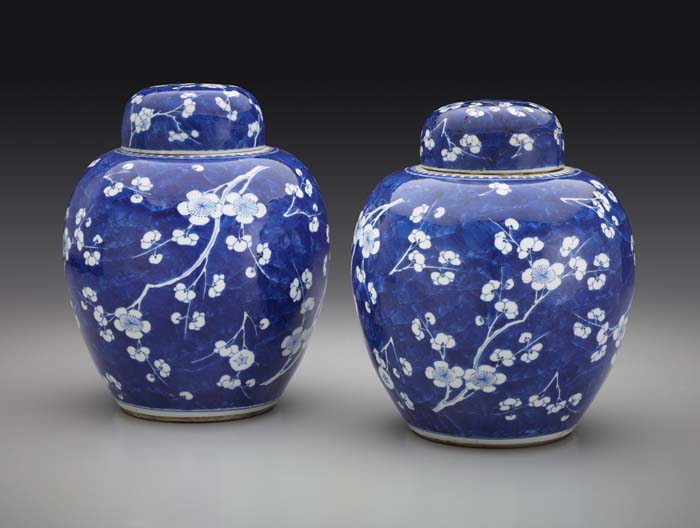
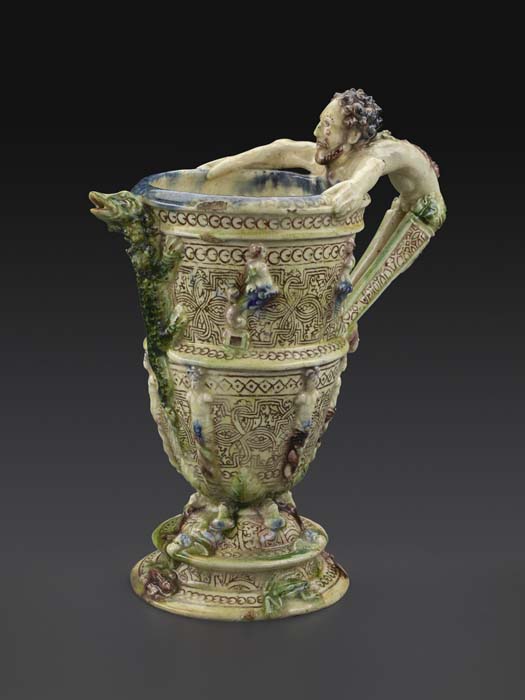
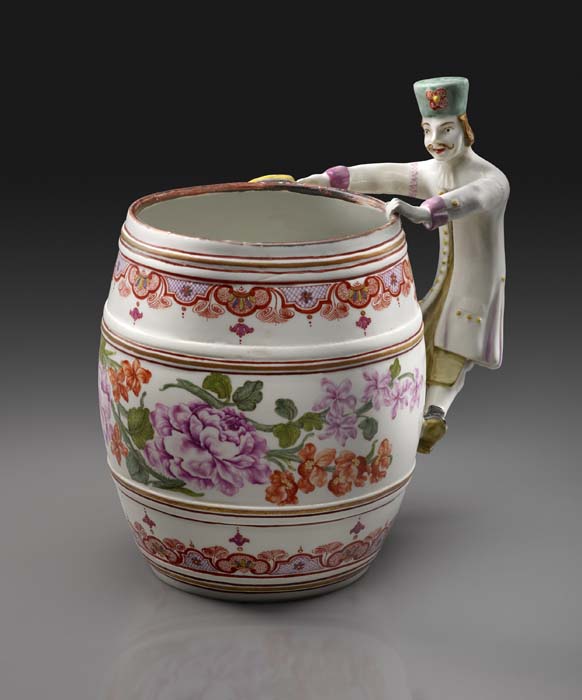
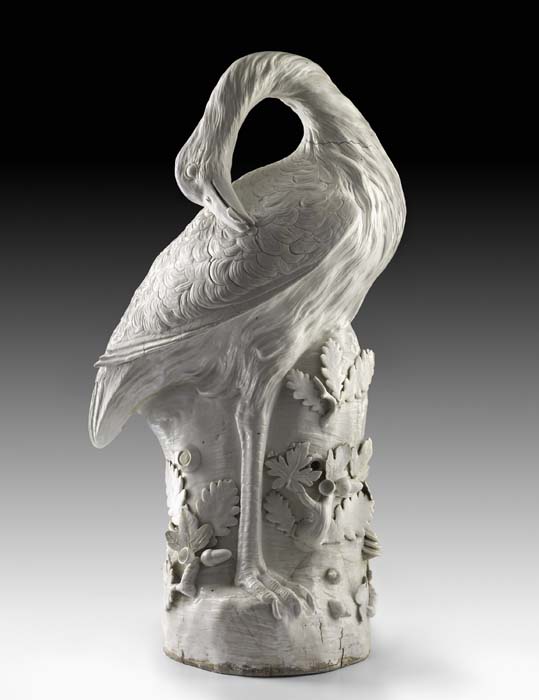
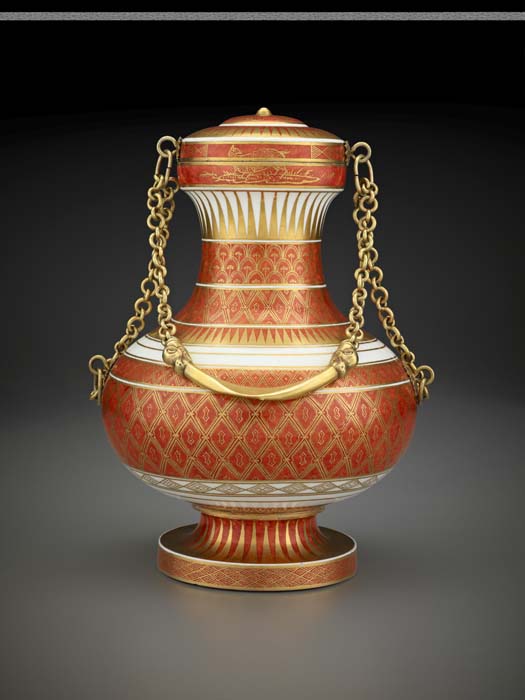
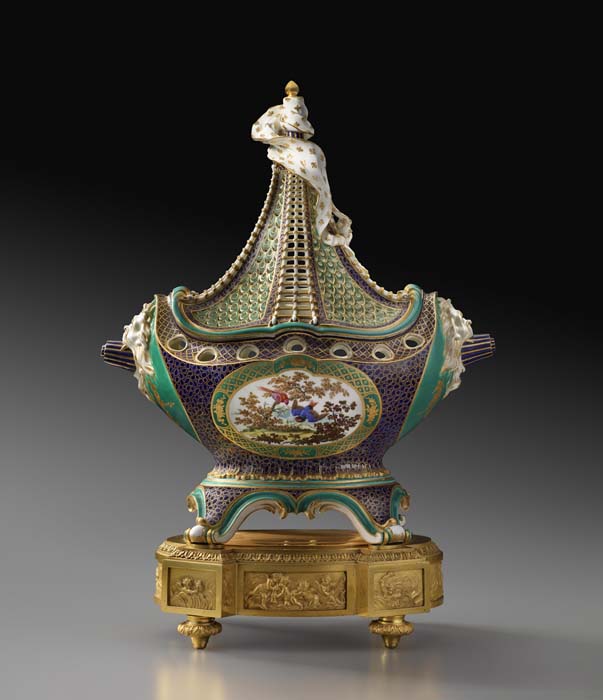
Is the Frick actively acquiring ceramic works?
We have recently purchased works of St. Porchaire (French 16th century) and Sèvres. We have been very fortunate over the last decade to be given collections of Meissen, DuPacquier, and a promised gift of French Faience.
It was recently announced that the Frick will temporarily move into the former Met Breuer as the Museum undergoes a major expansion set to start in 2020. How will this shift change the way the objects are displayed?
Provided we receive city building permits, we anticipate moving our collection to this facility in 2020. Marcel Breuer’s 1966 building is starkly different from the Frick, and I believe our visitors will be fascinated to see our works in a very different context. We are just now considering how we will display works in this temporary space and will use this opportunity to try out different approaches and configurations. When the works return to our building on Fifth Avenue, however, I expect that they will be reinstalled fundamentally in the way we have always presented them.
Dr. Ian Wardropper will be delving into the formation of Henry Clay Frick’s collection, with an emphasis on the place of ceramics within the collection, at our upcoming Gardiner Signature Lecture on October 23. Learn more
Header: Covered Jars, Chinese, Qing Dynasty (1644-1911), Kangxi Period (1662-1722), 1662-1722, Hard-paste porcelain decorated with underglaze blue, height 10 1/8 in. (25.7 cm), diameter 8 ½ in. (21.6 cm), Henry Clay Frick Bequest, 1915.8.01-04 [1] Henry Clay Frick Residence, One East 70th Street, Fifth Avenue view. Published in Architecture magazine, November 1914 [2] 1] Frangonard Room at the Frick [3] Covered Jars, Chinese, Qing Dynasty (1644-1911), Kangxi Period (1662-1722), 1662-1722, Hard-paste porcelain decorated with underglaze blue, height 10 1/8 in. (25.7 cm), diameter 8 ½ in. (21.6 cm), Henry Clay Frick Bequest, 1915.8.01-04 [4] Ewer, Saint-Porchaire Ware (French), attributed to Bernard Palissy (French, 1509-1590), mid-16th century, glazed earthenware, 9 ¼ x 7 ½ x 4 1/8 in. (23.5 x 19 x 10.5 cm), Purchased by The Frick Collection, Sidney R. Knafel Fund, 2015, 2015.9.01 [5] Tankard, Du Paquier Porcelain Manufactory Austrian, (1718−1744), 1730–35, hard-paste porcelain. 7 1/2 × 7 1/4 in. (19.1 × 18.4 cm), Gift from the Melinda and Paul Sullivan Collection, 2016, 2016.9.03 [6] Great Bustard, Meissen Porcelain Manufactory German, Johann Gottlieb Kirchner, (1706−after 1737), 1732, hard-paste porcelain, 33 × 17 × 11 1/4 in. (83.8 × 43.2 × 28.6 cm), Gift of Henry H. Arnhold, 2013, 2013.9.01 [7] Vase Japon, Sèvres Porcelain Manufactory (French), Gilded by: Jean-Armand Fallot (French, act. 1764-1790), 1774, hard-paste porcelain with gilt-silver mount, height 10 ½ in. (26.7 cm), diameter 8 in. (20.3 cm), Purchase in honor of Anne L. Poulet, 2011, 2011.9.01 [8] Pot-pourri à Vaisseau, Sèvres Porcelain Manufactory (French), Jean-Claude Duplessis (French, ca. 1695-1774), ca. 1759, soft-paste porcelain, with later gilt-bronze mount, 17 1/2 x 14 7/8 x 7 1/2 in. (44.5 x 37.8 x 19.1 cm), Henry Clay Frick Bequest, 1916.9.07